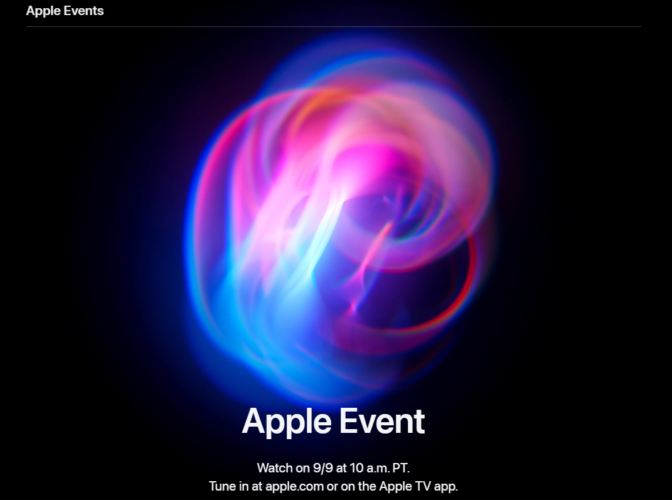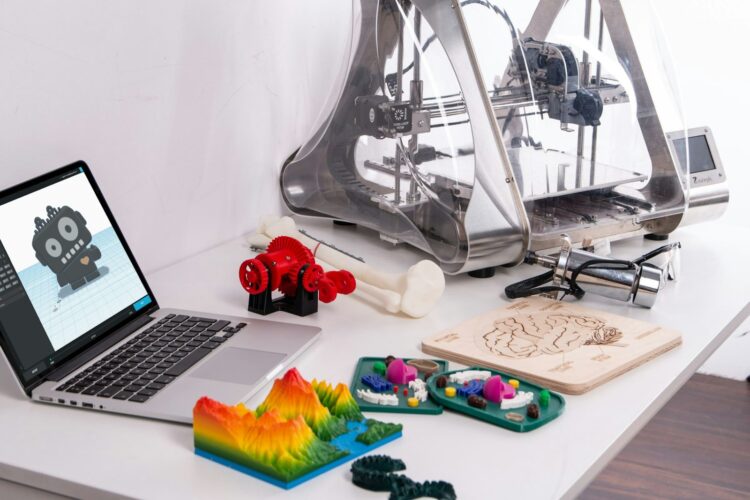In a Redux-based application, actions, reducers, and the store are three important concepts that work together to manage the application’s state. Understanding how these three concepts interact is crucial for building a predictable and scalable state management system.
Actions
Actions are plain JavaScript objects that represent some sort of event or change that has occurred in the application. They have a type property that describes the action that has occurred, and they can also include additional data or payload that provides more information about the action.
Actions are dispatched to the Redux store using the store.dispatch() method. This triggers a sequence of events that ultimately leads to the state of the application being updated.
Reducers
Reducers are functions that take the current state of the application and an action object as input, and return a new state object. Reducers are the only way to update the state of the application in Redux. They are pure functions, meaning that they do not modify the current state directly but instead create a new state object based on the current state and the action.
Reducers are typically organized by slice of state. For example, if an application has a slice of state representing user information, there might be a corresponding reducer that handles actions related to updating that user information.
Store
The store is the heart of Redux-based applications. It is a single source of truth for the entire application’s state. The store holds the current state of the application, and it also manages the dispatching of actions to the reducers.
When an action is dispatched to the store, the store passes the action to all of the registered reducers. Each reducer has the opportunity to respond to the action by creating a new state object. Once all of the reducers have responded to the action, the store combines the results into a single state object.
The store also provides methods for interacting with the application’s state, such as store.getState(), which returns the current state of the application.
Conclusion
Actions, reducers, and the store are the three key concepts of Redux-based applications. Actions represent changes in the application, reducers handle those changes and update the application’s state, and the store is the single source of truth for the application’s state. Understanding how these three concepts interact is crucial for building scalable and predictable state management systems in Redux.












